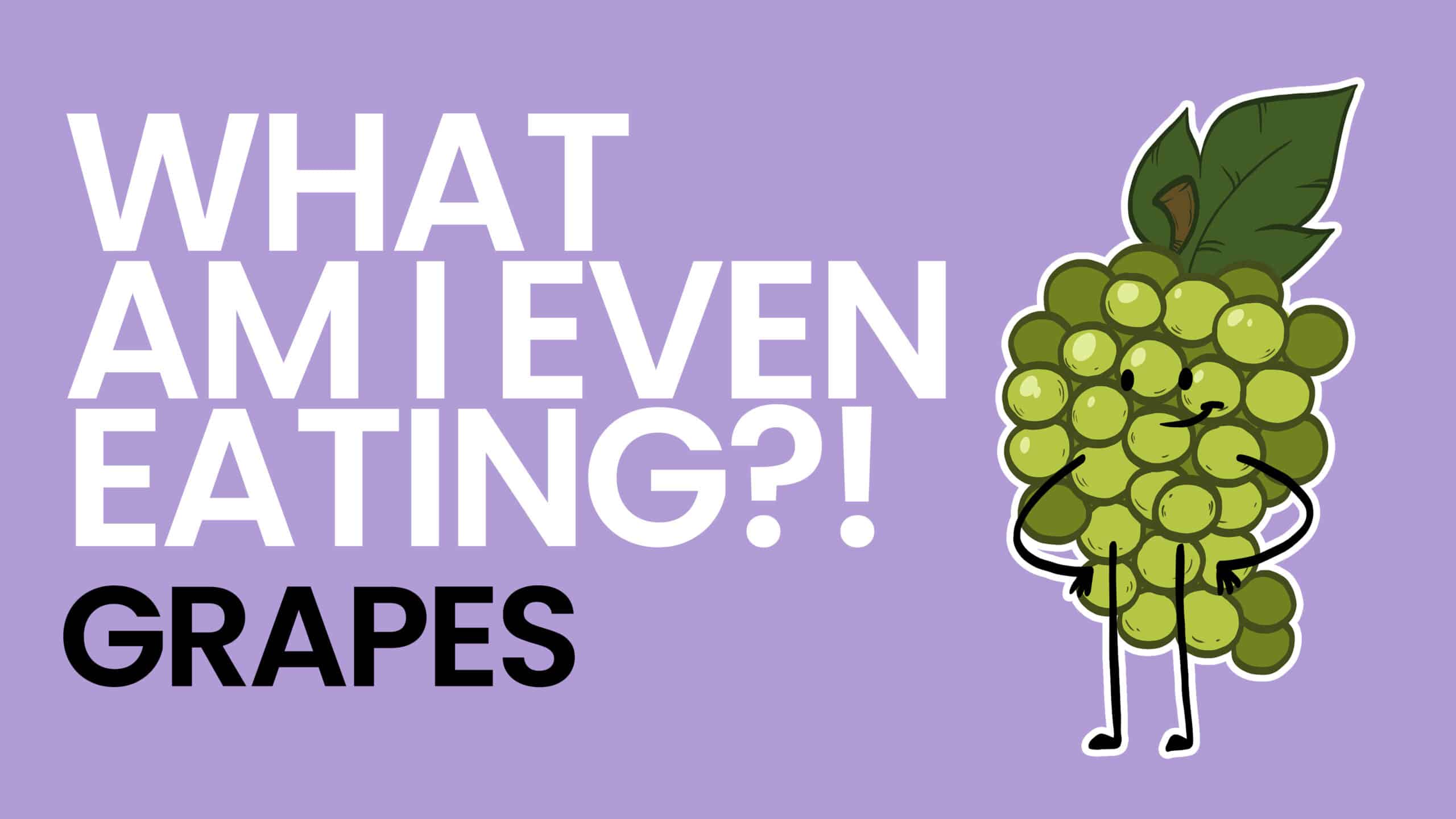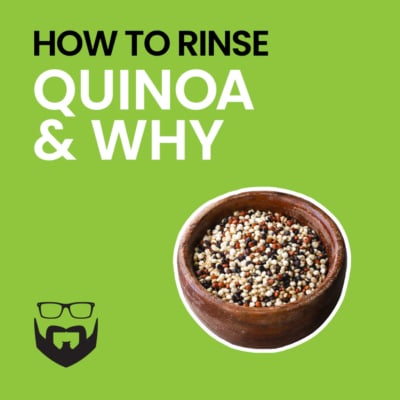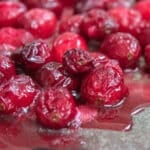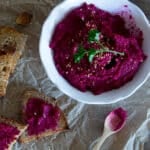Origin of Grapes
Life finds a way, and grapes have an origin story with a full 🦖 prequel. Fossils trace them to the Cretaceous era, about 66 million years ago. Their family sprawls across the entire Northern Hemisphere, native to both Eurasia and North America. Why? Because grapes existed before those continents even split, roughly 60 million years ago!
Translation: grapes were global before “global” was a thing.
Human History
When humans enter the chat, the vibe was very much wine-first. 🍷 Sure, hunter-gatherers snacked on wild grapes, but the first real domestication—somewhere between 7000 and 4000 BC—happened in the zone between the Black Sea and Iran. Georgia gets a starring role for early wine domestication. From there, either the vines traveled or the idea did, sparking local domestication across parts of Asia and Europe. Big “let’s make this crushable” energy.
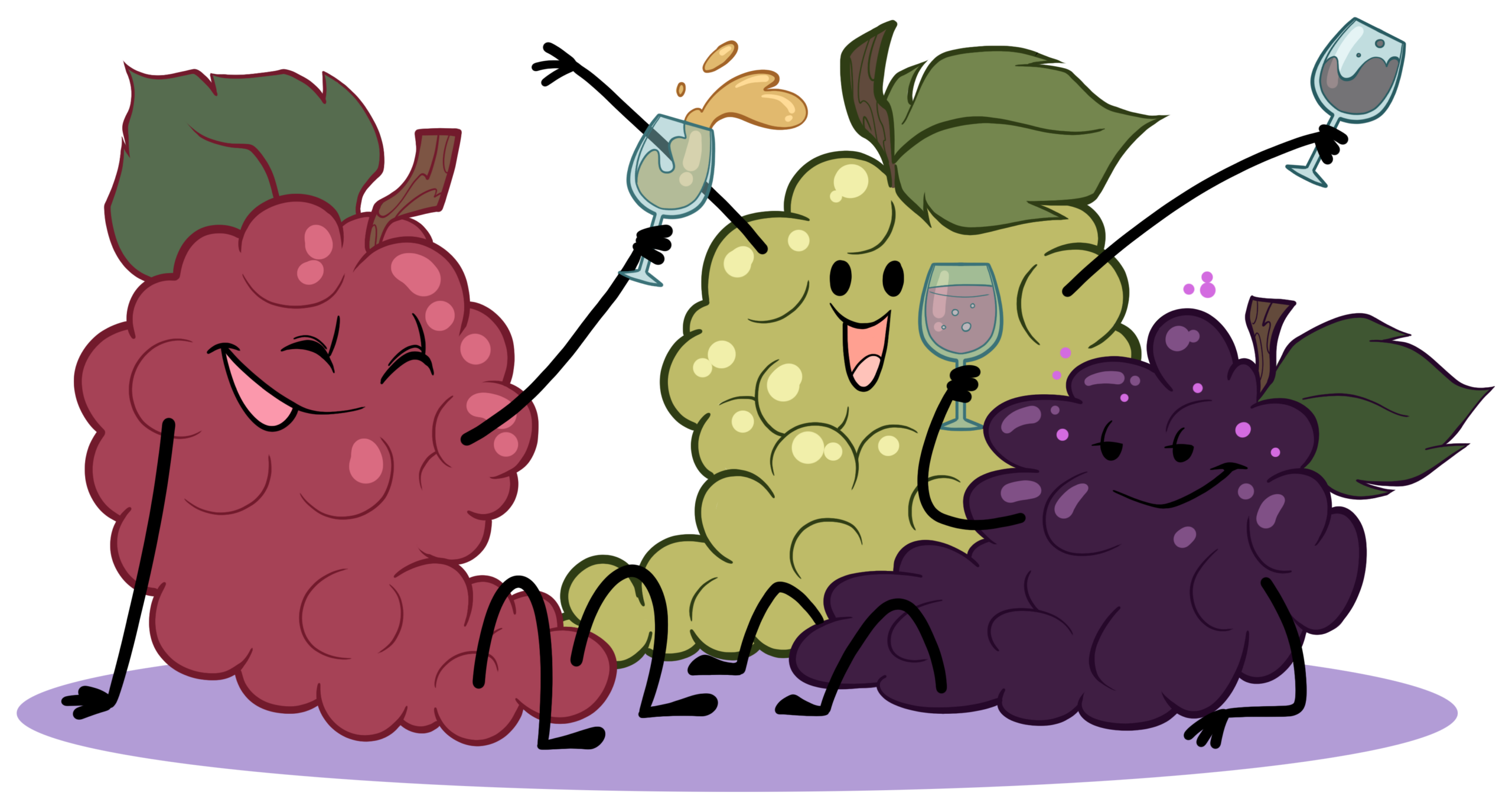
The cultural receipts come fast: Egyptian hieroglyphics, the Bible, and Homeric sagas all drop grape cameos. By the 600s BC, Phoenicians ferried the grape story to what would become France, settling in the then-Greek colony of Marseille.
Meanwhile, North America had its own grape arc. Indigenous peoples husbanded native grape varieties, and evidence of grape eating goes back about 10,000 years, especially in the Mississippi Delta and the upper Midwest. Beyond field agriculture, Native communities practiced sylviculture—cultivating useful plants in forests—and grapes were likely part of that curated landscape. 🌲🍇 Things were so vine-heavy that when Vikings reached Newfoundland around 1000 AD, they called it “Vinland.”
Like, imagine landing and immediately naming the place after the snack aisle.
Saving European Grapes
Then comes the plot twist with zero chill: phylloxera. This American insect pest hitchhiked during the Old/New World exchange. American vines had evolved resistance; Eurasian vines, not so much. Cue the near-wipeout across Europe. The rescue? Graft European varieties onto phylloxera-resistant American rootstocks—many from lines long stewarded by Native Americans. Talk about a cross-continental save.
Bottom line: from dinosaur-era origins to ancient empires and Indigenous forest farming, grapes are a Northern-Hemisphere native with a split-continent backstory, a wine-forward human history, and a comeback arc powered by American rootstocks. Iconic, resilient, and forever snack-adjacent. 🍇✨
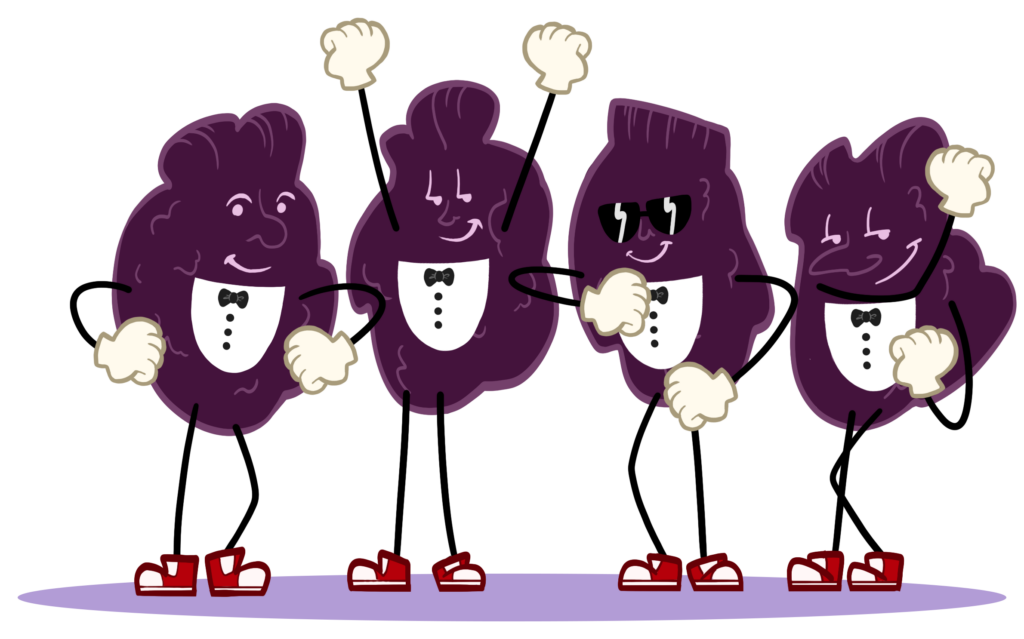
Grapes in Pop Culture
In the 80s, the CA raisin advisory board rolled out claymation California Raisins that danced and sang. Yes, raisins with choreography. The ads turned dried fruit into a minor cultural icon and a full-on sensation. 📺🕺
New Year tradition: Las doce uvas de la suerte is the Spanish good-luck ritual where you eat one grape for each bell strike at midnight on New Year’s Eve. Twelve chimes, twelve grapes, fresh start.
Why They Are Called GRAPES
Grapes aren’t native to England, so the word kinda hitchhiked in. Grape comes from the Old French word grappe, which meant hook, bunch, or harvesting tool, and traces back to the Proto-Germanic word krappen, meaning hook—the instrument used to cut grape clusters. In Old English, though, it was the word winberige (wine berry). After the Norman invasion in 1066, the French-derived word grape took over (first for the cluster, then the single berry). Normans seized land, built castles, and flooded the English with French vocabulary. Big downgrade—bring back wine berry! 🍇🪝🍷
Biological Species
Table grapes are berries from vines (which can grow more than 50 feet) in the Vitis genus. They’re snackable clusters that come in black, purple, red, amber, green, and very pale. The berries grow in clusters (which can exceed 100 per bunch).
Botany check: a berry is a fleshy fruit with no pit, from one ovary on one flower. So cucumbers, currants, eggplants, and tomatoes qualify. Strawberries and raspberries, not so much.
Grapevines are the textbook climbers of the Vitaceae family. In the wild, they favor deciduous forests and riverbanks, climbing whatever they can. Show them some support (trellis, arbor, wall) and they’ll soar; without one, they’ll creep or stiffen into a low-lying, shrub.
There are around 80 species of grapevine in the genus Vitis (family Vitaceae), many are crossbred-friendly, distributed across Asia, North America, and Europe in temperate to subtropical climates.
Popular Species
- V. aestivalis (summer grape) — Oldest U.S. grape cultivar, and a bit high-maintenance.
- V. amurensis — Asian species.
- V. labrusca (fox grape) — Concord grapes and other slipskins. American classic.
- V. mustangensis (mustang grape) — Southern U.S. species.
- V. riparia — Eastern U.S. & Quebec; possibly the vines the Vikings saw around 1000 AD.
- V. rotundifolia (muscadine) — Southern American icon.
- V. rupestris/V. riparia/V. berlandieri — Go-to rootstock thanks to pest resistance.
- V. vinifera — Source of most wine grapes, and many table grapes.
Top Varieties
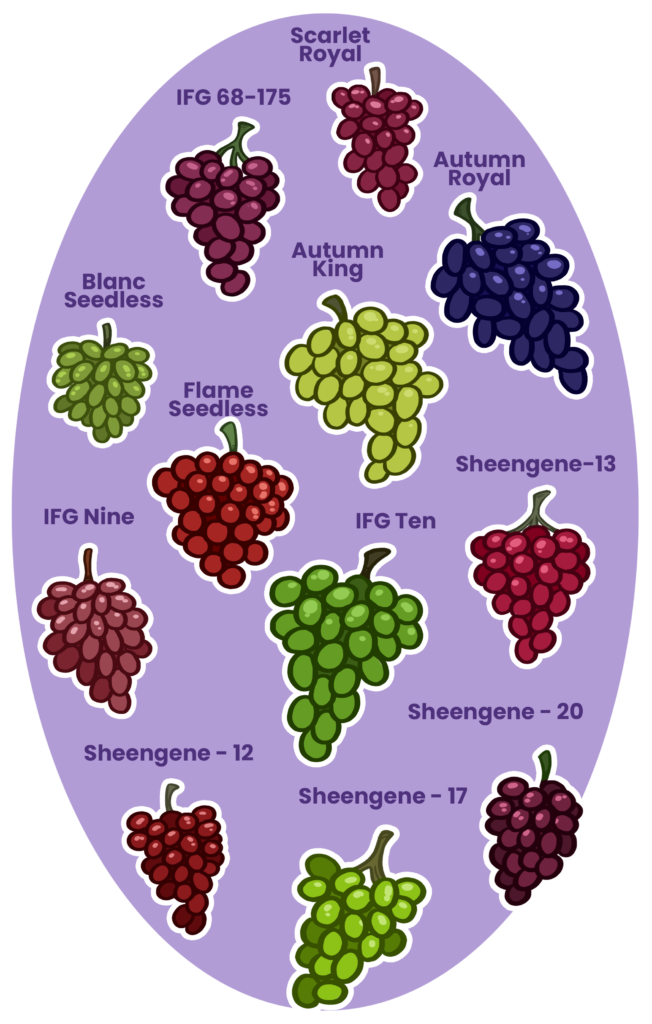
- Autumn King — Available Aug – Jan. They’re green, cylindrical, and seedless.
- Blanc Seedless — Available Jul – Nov. They’re green, elongated, and seedless.
- Flame Seedless — Available May – Oct. They’re red, round, and seedless.
- IFG 68-175 — Available Aug – Dec. They’re red, oval, and seedless.
- IFG Nine — Available Aug – Jan. They’re red, elongated, and seedless.
- IFG Ten — Available Jul – Dec. They’re green, round, and seedless.
- Scarlet Royal — Available Aug – Jan. They’re red, oval, and seedless.
- Sheegene-12 — Available Aug – Dec. They’re red, oval, and seedless.
- Sheegene-13 — Available Jun – Dec. They’re red, oval, and seedless.
- Sheegene-17 — Available Aug – Dec. They’re green, oval, and seedless.
- Sheegene-20 — Available Aug – Jan. They’re red, oval, and seedless.
- Sheegene-21 — Available Jun – Nov. They’re green, round, and seedless.
- Sugranineteen — Available Sep – Dec. They’re dark red, elongated, and seedless.
- Sugraone — Available Jun – Sep. They’re green, elongated, and seedless.
- Sugrathirtyfive — Available Jul – Dec. They’re green, oval, and seedless.
Grape Nutrition
Table grapes are basically tiny little canteens with snacks inside. They’re mostly water with quick, accessible carbs. Nutrition-wise, they’re high in vitamin K and copper with a modest bump of vitamin C. 🍇💧
Resveratrol shows up in the skins of red grapes. It’s a polyphenol that acts a lot like an antioxidant, offering general defense against cell damage. People hype it for inflammation and aging, but the verdict isn’t final. Call it promising, not proven.
How to Eat Grapes
Table grapes are best fresh, straight off the stem. But they’re also great as raisins, jelly, juice, vinegar, and grapeseed oil. Grapeseed oil is a cooking oil made from the seeds of grapes, typically a by-product from winemaking. Fruit leather is a snack made from fruit pulp. Shout out to the Waldorf Salad, a classic grape moment. Big thanks to the Waldorf-Astoria for supporting California produce.
About Raisins
There are four main grape types grown for raisins. This includes Sultana, also called Thompson Seedless, which is a dried white grape; Muscat, also known as Alexandria, with large seeds; White Hanepoot, which is a South African variety; and Currant, a pungent dried black grape from the Corinth variety that is not related to the currants of the ribes family.
Golden Thompson Seedless grapes start green, turn brown as they are dried, then are dipped in 0.5% lye and exposed to sulfur dioxide to give them that golden color.
About Grape Jelly
In the United States the iconic dark purple spread, grape jelly, is made from native hybrid Concord grapes. In Commonwealth countries it would be called grape jam. It is a major player in that most American of sandwiches, the PB&J.
About “Grape” Flavor
Methyl Anthranilate is the main aroma chemical used to create grape flavor. Think grape soda and snow cones. Like banana flavor, it can be quite different from the fruit itself. Many grape varieties do not have a lot of it. Concord grapes do, which is why food items that use this chemical taste almost similar.
Global Production
Most grapes end up in a glass, no matter where they are grown. And they are grown around the world! Globally, 47% get pressed for wine, 46% are eaten fresh, and 7% are dried.
Here are the top producers:
- China
- Italy
- Spain
- France
- United States
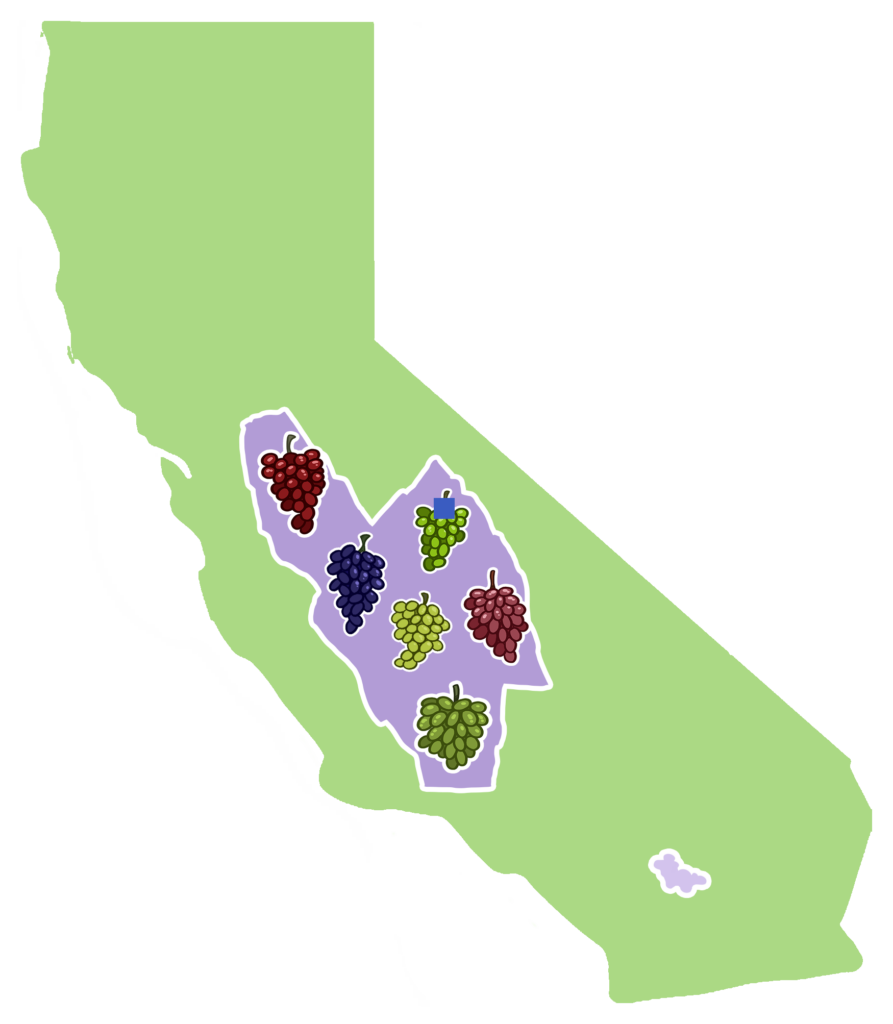
Grapes from California
About 99% of all U.S. grapes come from California. Grape growing here dates back over 200 years. We grow over 80 varieties in green, red, and black, with fresh grapes available May through January. California outputs about 100 million boxes annually, supported by over 300 table grape operations, with over 85,000 acres under cultivation. Two valleys drive the industry: the San Joaquin Valley and the Coachella Valley.
About 62% of California’s grape crop gets crushed for wine, 20% is for table grapes, and 18% ends up dried as raisins.
Table Grapes vs Wine Grapes
They have a lot in common but the species farmed for wine grapes is much different than the ones you eat fresh.
Skin
Wine grapes have thicker skins that help impart both flavor and tannins. Table grapes are thin skinned, making them easier to eat. As they ripen, skin thins, color sets, and aroma develops.
Size
Wine grapes stay small and concentrated, less water and more oomph. Table grapes are grown big and juicy.
Seeds
Wine grapes have more (and larger) seeds that also add to flavor. Table grapes are usually seedless for snack appeal. In seedless types, seed development stops at fruit set and the berry keeps growing.
Yield
Wine vines carry fewer clusters to keep flavors focused, about 10 pounds per vine. Table grapes ride trellises and chase yield, up to 30 pounds per vine. A single bunch can top 100 berries, so yes, they bring the volume.
Sweetness
Brix is the sweetness score of fruit juice, where 1 gram of sugar per 100 grams of juice equals 1 Brix. Bigger the score, bigger the sweetness.
Wine grapes finish sweeter for fermentation, about 24 to 26 Brix. Table grapes land around 17 to 19. As grapes ripen, acids fall and sugars rise, which is why wine grapes hang longer while table grapes get picked earlier yet still fully ripe for eating.
Species
Wine grapes come from Vitis vinifera. Table grapes can be Vitis vinifera, Vitis labrusca, or Vitis rotundifolia. Many vines, as you now know, are grafted onto American rootstocks such as V. rupestris, V. riparia, or V. berlandieri for phylloxera resistance. Roots of steel!
Harvest
Wine grapes are harvested later for maximum sugar and flavor. Table grapes hit the crate earlier for crunch and freshness.
Farming Grapes
Soil
Well-drained or bust. Grapes want well-drained soil with a pH between 5.5 and 6.5. European vines can tolerate around pH 7, but anything above 8 is drama. Give them drainage and the right pH, and they will do the rest.
Water
They need the soil evenly moist. Sorry for the word moist. Table grape vineyards use about 2.5 acre-feet of water per acre each year, which is 814,627 gallons per acre. Think steady hydration, not feast or famine.
Planting
Grapes love to sunbathe. North to south rows soak up light better, and a south-facing slope dodges frost while catching extra sun. Bare-root or nursery vines are planted early spring. Pruning is key. Many table grapes are European varieties on American rootstocks for phylloxera resistance.
Weather
Grapes want 150 to 180 frost-free days to make a crop. Cold and short days trigger dormancy. Flowering wakes up once temperatures are above about 68 degrees. Full sun is the dress code. 🌞
Growing Season
It takes about 5 years for a grapevine to reach full production. Grape vines can live up to 100 years with good care. And they can be propagated to continue their line indefinitely.
t’s all about the winter nap. During winter dormancy, growth stops while the vine saves energy, due to low temperatures and short days. This is prime time for hard pruning to set up the next season. Pruning is essential.
Then comes bud break. Early spring brings new shoots and tiny leaves powered by last winter’s stored reserves.
Shoot development is next up. Warming weather cranks the growth. Shoots and leaves stretch along the trellis. Flower clusters appear but are not open yet.
Flowers open and fruit sets. Above 68 degrees the flowers open for around 10 days. Fruit then sets after bloom. Most California table grapes are seedless because seed development stops here, but the berry keeps growing. Grapevines have both male and female parts on the same plant, so pollinators are not required. Sorry 🐝!
Berry time! Berry formation is define by different stages. Stage 1 is when the berries are hard, green, and hella acidic. At stage 2, the grape berries have reached about half their final size. Growth begins to slow, acidity stays high, but softening of the berry begins, and the color starts to shift. Stage 3 is the ripening when acidity drops, sugars rise, skin thin, color sets, and the aromas develop.
Trellis Training
The first year, the main shoot is tied to the trellis, and any competing growth is removed. Year 2, two shoots at the top are set to run in opposite directions along the wire and the rest is removed. Year 3, six or seven canes per side leaf first flower and then fruit, then prune in winter. Fruit is kept to one cluster per young vine to build structure. Year 4, the canopy fills out with lighter pruning. By year 5, expect a full, downward-hanging canopy each season.
Harvest
Table grapes are picked fully ripe, unlike say, avocados. Sugar, color, size, and uniformity are all checked. The tip of the cluster ripens last. Grapes are never picked after rain because wet clusters invite rot. Hand picked, sorted, and fill the crate, rinse and repeat. After harvest, leaves keep collecting energy for the trunk and roots until frost, then they yellow and drop as the vine drifts back to dormancy. Then it starts all over again.
And that’s how table grapes got from the farms in California to you.
Sources: Grape Wikipedia Page, Table Grape Wikipedia Page, Oregon University Table Grape Care, Michigan State Vineyard Soil Care, Wilhelm Vineyards Wine v Table Grapes, Encyclopedia Brittanica Grapes, Grapevine Evolution, Etymology of Grape, Discover & Share article on American Grapes, Grapes from California, Grape Production Wikipedia, Penn State Table Grape Guide, Vine Wikipedia, Raisin Comparison Article, Encyclopedia Brittanica Raisins, UC Davis table grape guide
